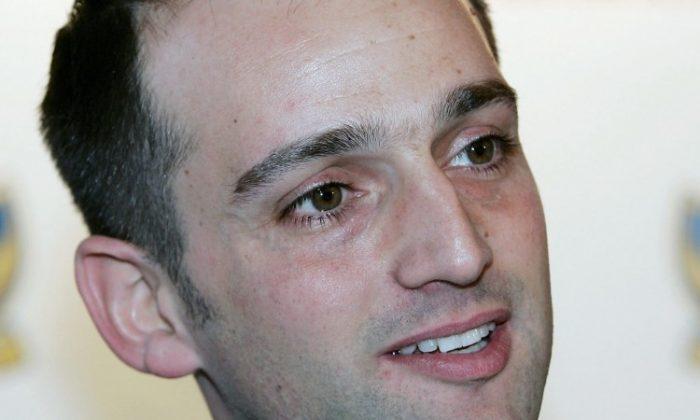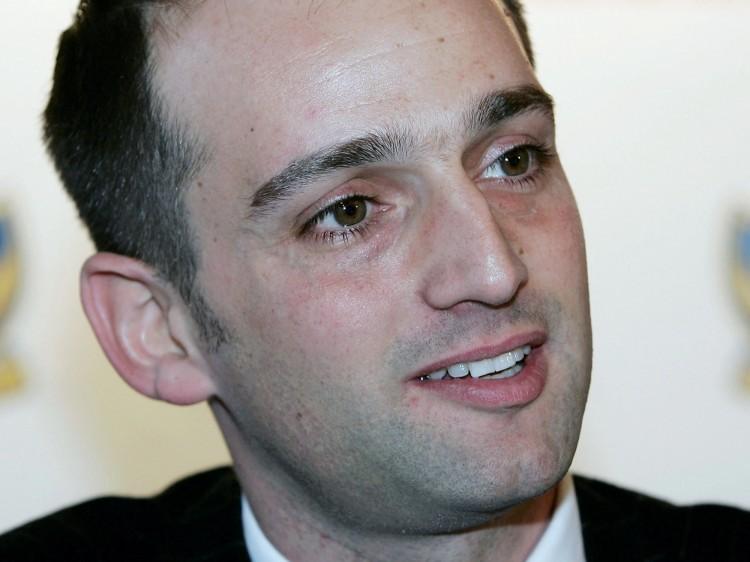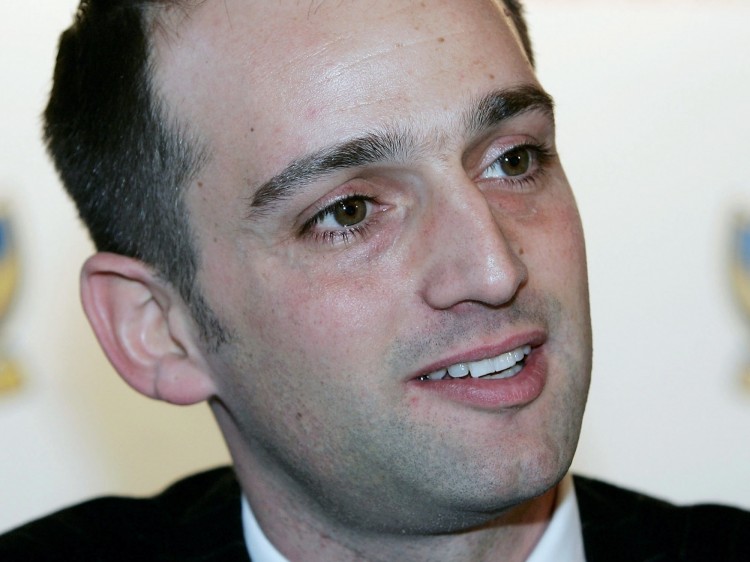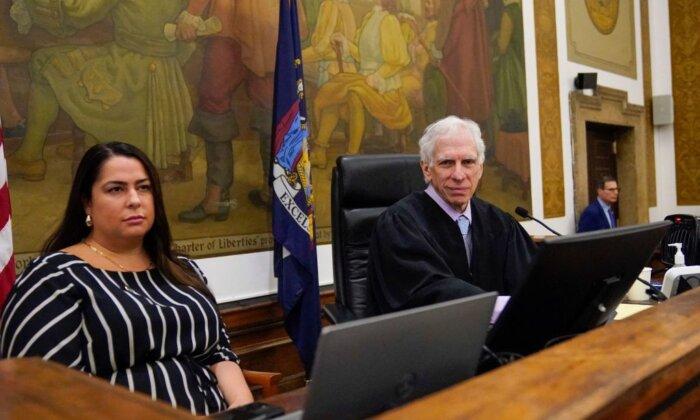A single testator with an estate valued at more than the exemption amount of $5.25 million should consider gifting throughout life in order to reduce the value of the estate and avoid federal estate taxes.
However, gifting also can result in federal gift taxes if the amount is more than $14,000 in a year. Another technique that can be utilized is the Irrevocable Insurance Trust.
Generally speaking, you can transfer your life insurance policy into an Irrevocable Insurance Trust, which removes the assets from the taxable estate. However, there is a chance that the proceeds of the insurance policy contained in the Irrevocable Insurance Trust will still become a part of the taxable estate if the three-year contemplation of death rule is applied.
Under the rule, a transfer of an interest in property that is included in the value of the decedent’s gross estate under Internal Revenue Code sections 2036, 2037, 2038, or 2042 or would have been included under any of these sections had such interest been retained by the decedent, will continue to be subject to the three-year contemplation of death rule.
This property is includable whether or not the value of the interest is less than the gift tax annual exclusion amount. In other words, the proceeds of the life insurance policy (even if it is in an Irrevocable Insurance Trust) will become a part of the taxable estate if the decedent dies within three years of the transfer date.
In order to avoid the three-year contemplation of death rule altogether, the Trustee can purchase a new policy on the life of the grantor of the Trust (or single testator). The Trust is named as both the owner and the beneficiary of the policy.
Since the Trust is the owner of the insurance policy, it becomes responsible for the premiums on the policy. The grantor of the Trust makes a gift of the premium payable to the Trustee of the Trust and the Trustee then pays the premium.
Since the annual premium is a gift, it should be eligible for the annual exclusion amount of $14,000. In order to ensure that the gift qualifies as part of an annual exclusion, it must be a gift of present interest.
Therefore, the beneficiary must be able to presently take the gift. The Trustee sends out a “Crummey Notice”, which alludes to a famous tax case called: Crummey v. Comr., 397 F.2d 82 (9th Cir.1968).
According to the case, a notice must be sent out to the beneficiary advising that a gift has been made and informing him of the right to withdraw the gift within 30 days. If the beneficiary does not exercise this right within the 30 days, the gift will be used to pay the premium.
When the Testator dies, the proceeds of the insurance policy are payable to the Trust and not included as part of the Testator’s taxable estate. The income from the Trust is payable to the beneficiary. When the beneficiary subsequently dies, the Trust again escapes estate taxes.
Depending on the terms of the original single testator’s Will, more subsequent beneficiaries may benefit from the Trust. Distribution of the Trust usually occurs in the same manner as provided for under the Will.
Information contained in this article is not intended to be legal advice nor applicable to all situations. For legal assistance, contact an attorney in your state of residence. You can visit Arleen’s website at arleenrichards-law.info.
The Epoch Times publishes in 35 countries and in 21 languages. Subscribe to our e-newsletter.







